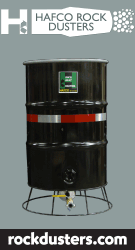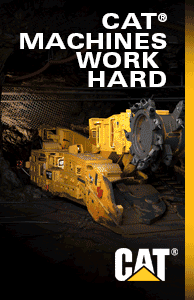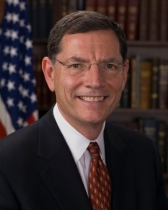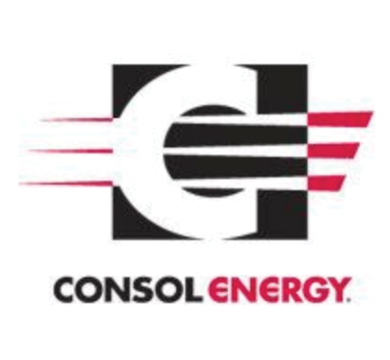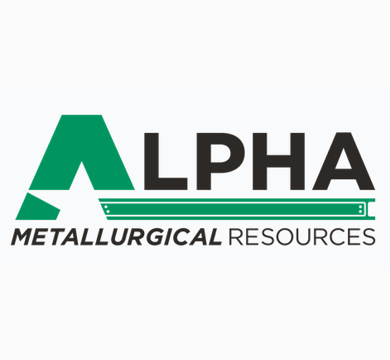Senator Barrasso’s Carbon Capture Bill Moves Forward with Bipartisan Support
A bill that unanimously passed the Environmental Public Works Committee on Tuesday in Washington attracted both senators worried about climate change and ones worried about the future of coal.
The USE IT Act, sponsored by Committee Chairman Sen. John Barrasso, aims to refashion existing laws to support capturing carbon dioxide for use in other products. It would give the Environmental Protection Agency authority in this respect and streamline permitting of pipelines that carry carbon dioxide. The measure would also establish task forces to communicate with those active in carbon capture research.
One of the most active participants in that conversation may be Wyoming, home to the country’s largest coal sector. Though a majority of Wyomingites say climate change is happening, only 42 percent believe it is caused by human activities like burning coal in power plants, according to a Yale University study published last year.
Nonetheless, carbon capture has broad political support from the state’s Legislature and more actively, Gov. Matt Mead.
As long as people are working to stem pollution from coal-burning power plants, it means coal is still being burned, and still being mined in Wyoming.
“Wyoming is the coal capital of the world,” Barrasso said in an interview with the Star-Tribune. “I’m going to make sure we continue to use that asset and not leave it stranded.”
Co-sponsors of the bill hailed from energy states like West Virginia, but also left-leaning states like Rhode Island, which have no tie to the coal industry.
Sen. Sheldon Whitehouse, D-RI, called carbon research “a win for our climate.”
Other liberal politicians who voted in favor of the USE IT Act Tuesday included Sen. Bernie Sanders, D-Vermont, who has criticized the administration of President Donald Trump for failing to address the threat of climate change.
Both sides of the aisle acknowledge the need to address carbon dioxide, though central motivations differ, Barrasso said Tuesday.
“We had every Republican and every Democrat vote for this with the realization that the world will continue to use significant amounts of coal for the foreseeable future,” Barrasso said.
THE COAL CONUNDRUM
The Wyoming coal industry’s most pressing problem isn’t carbon dioxide. It’s whether utilities keep burning coal in their power plants when there is cheap wind to build or cheap gas to burn. Coal bleeds more carbon dioxide into the atmosphere than these other sources of power.
A new coal-fired power plant in the U.S. could not meet the federal carbon dioxide limits for power plants without carbon capture technology — now an incredibly expensive way to address carbon emissions. That, and the expense of new coal power, has led to zero coal units currently planned in the U.S., while natural gas, wind and solar facilities continue to spread.
But coal still provides about 30 percent of the electricity mix in the United States and the lion’s share of that coal comes from open surface mines around Gillette.
Mead has said that regardless of Wyoming’s take on climate science, it must adjust to the changing market. Carbon capture, he has said, is a way to do that.
Wyoming has quietly made strides in carbon capture over the last few years as national interest in the technology dwindled following failed attempts such as the Kemper Plant in Mississippi, which came in well over budget.
A dedication ceremony May 16 marked the completion of the Wyoming Integrated Test Center in Gillette, which is the largest facility in the country for researching ways to harness the greenhouse gas and make it into something valuable. Mead also pre-permitted a number of pipeline corridors to advance the transport of carbon dioxide from plants to oil fields, where it can stimulate production.
The use of carbon dioxide in the oil fields is a known use for the gas, but it’s not enough, Barrasso said.
Carbon capture research can create new industries around coal, he said.
A number of Wyomingites have stumped for the bill over the last six months. Jason Beggar, the director of the Wyoming Infrastructure Authority — the state agency that has spearheaded the Wyoming Integrated Test Center; Kip Coddington, Carbon Management Institute at the School of Energy Resources at the University of Wyoming; and one of Mead’s policy advisors, Matt Fry.
Carbon capture has long been a focus of Wyoming’s governor, and more recently the U.S. Senate.
When asked if the bipartisan support for carbon capture would extend to policies that help the coal industry face its other challenges, such as the Environmental Protection Agency’s limits on carbon dioxide emissions from new power plants, Barrasso did not directly answer.
He said he was confident in the work done so far and the bipartisan effort to clean up coal.
“We are going to continue to work on these things,” he said. “You cannot power our country or our economy without all the source of power.”
The bill still needs to clear the full Senate before making its way through the U.S. House of Representatives.
Source: Casper Star Tribune
Be in-the-know when you’re on-the-go!
FREE eNews delivery service to your email twice-weekly. With a focus on lead-driven news, our news service will help you develop new business contacts on an on-going basis.
CLICK HERE to register your email address.








